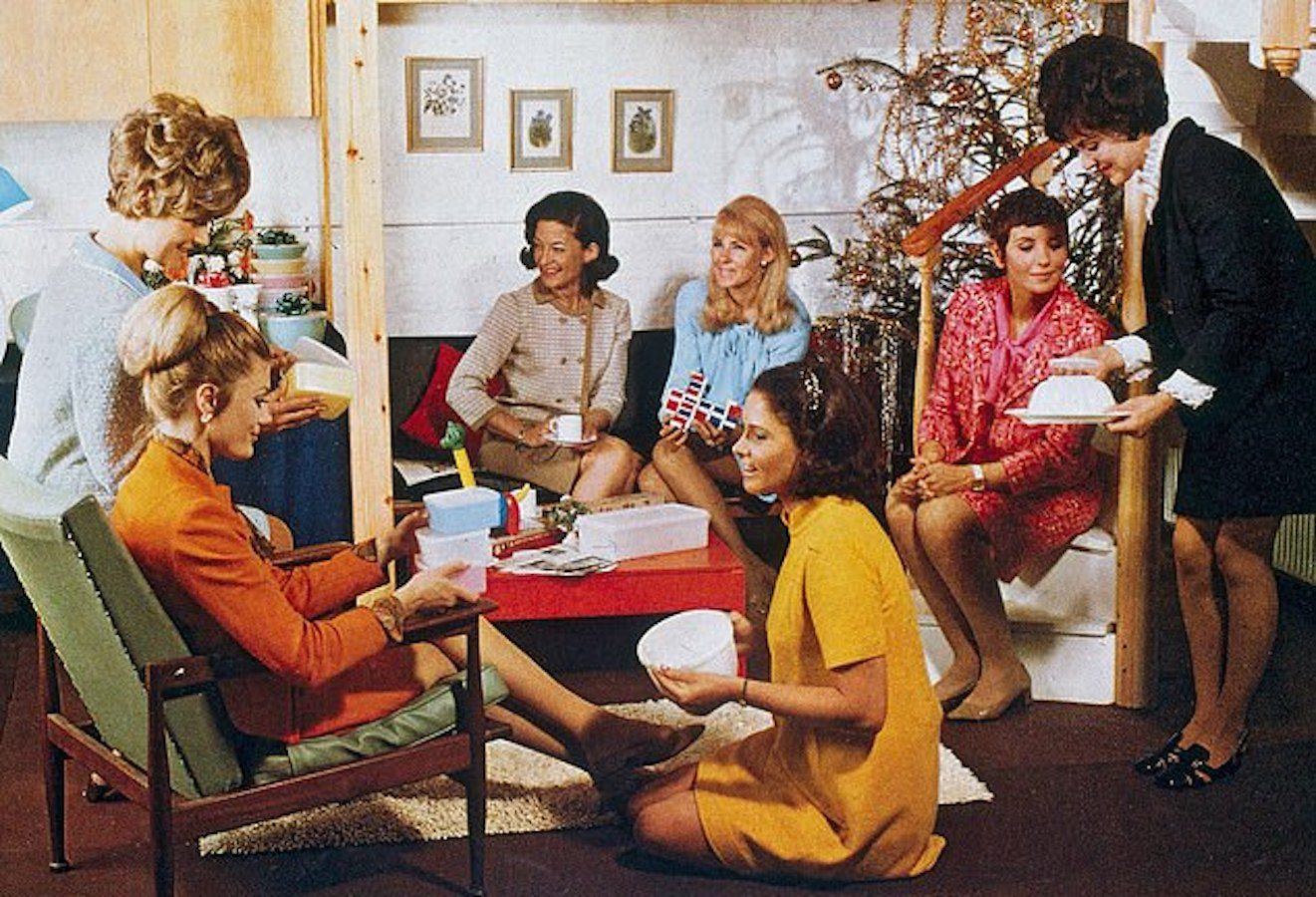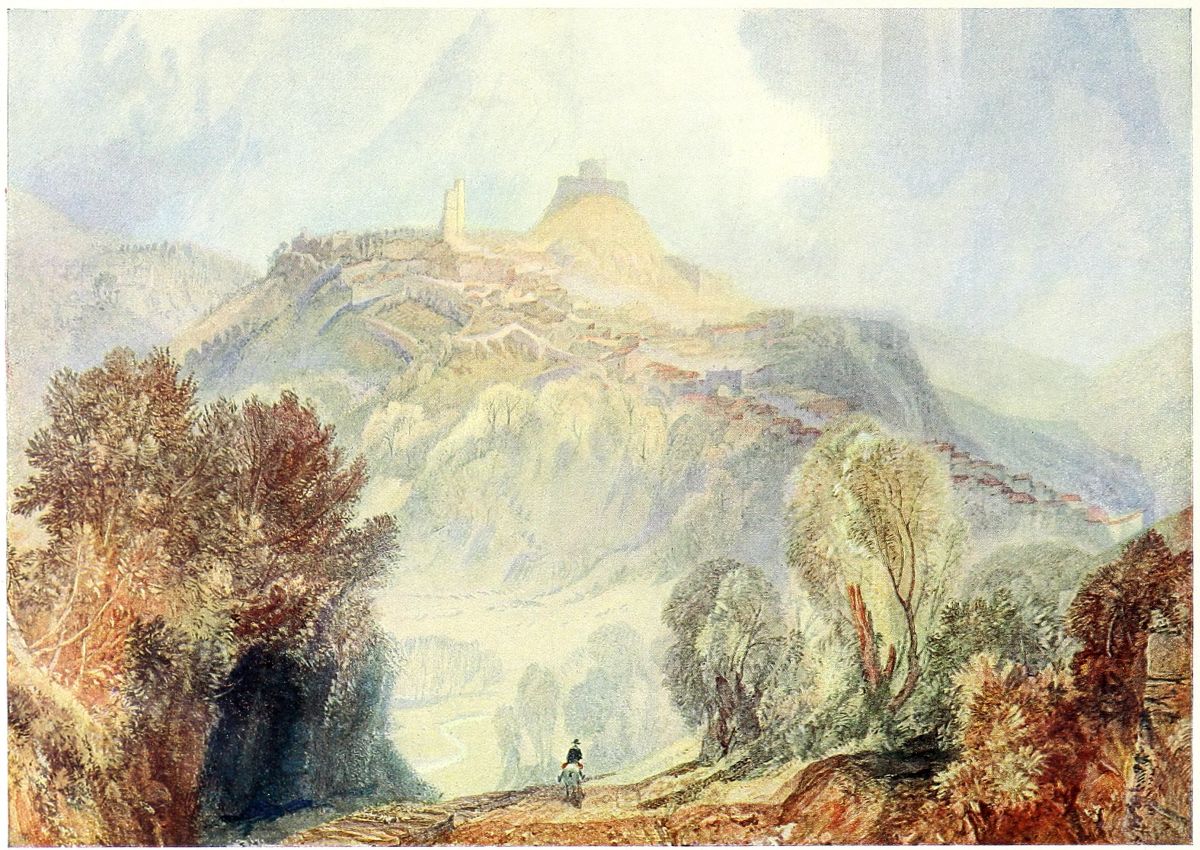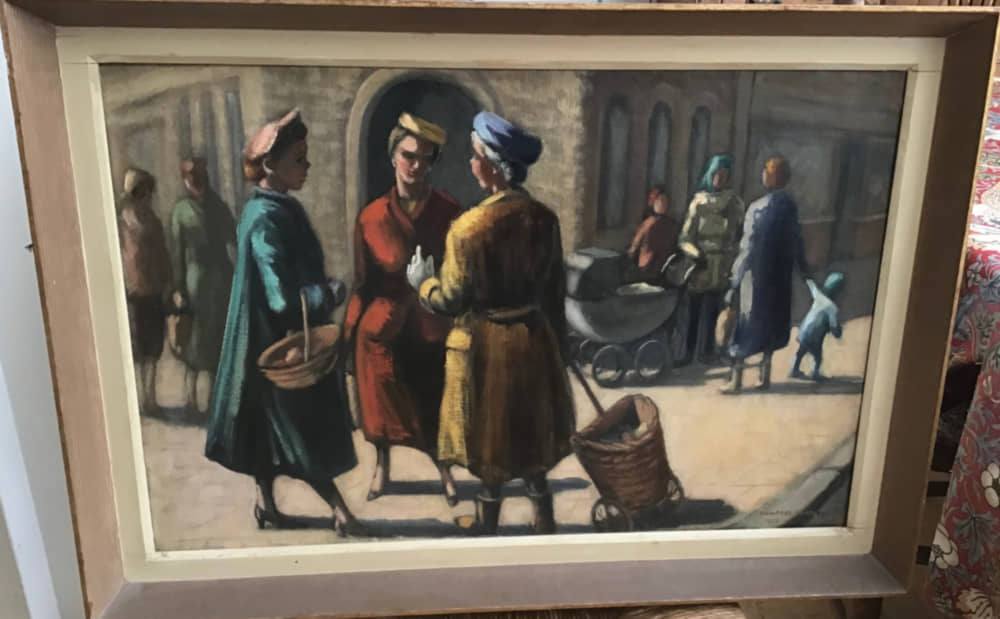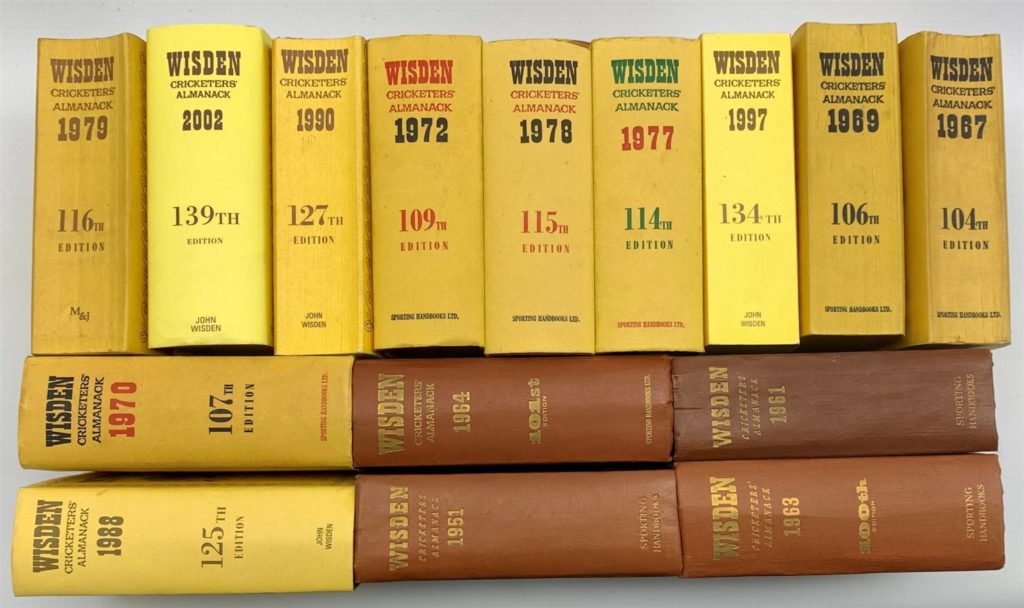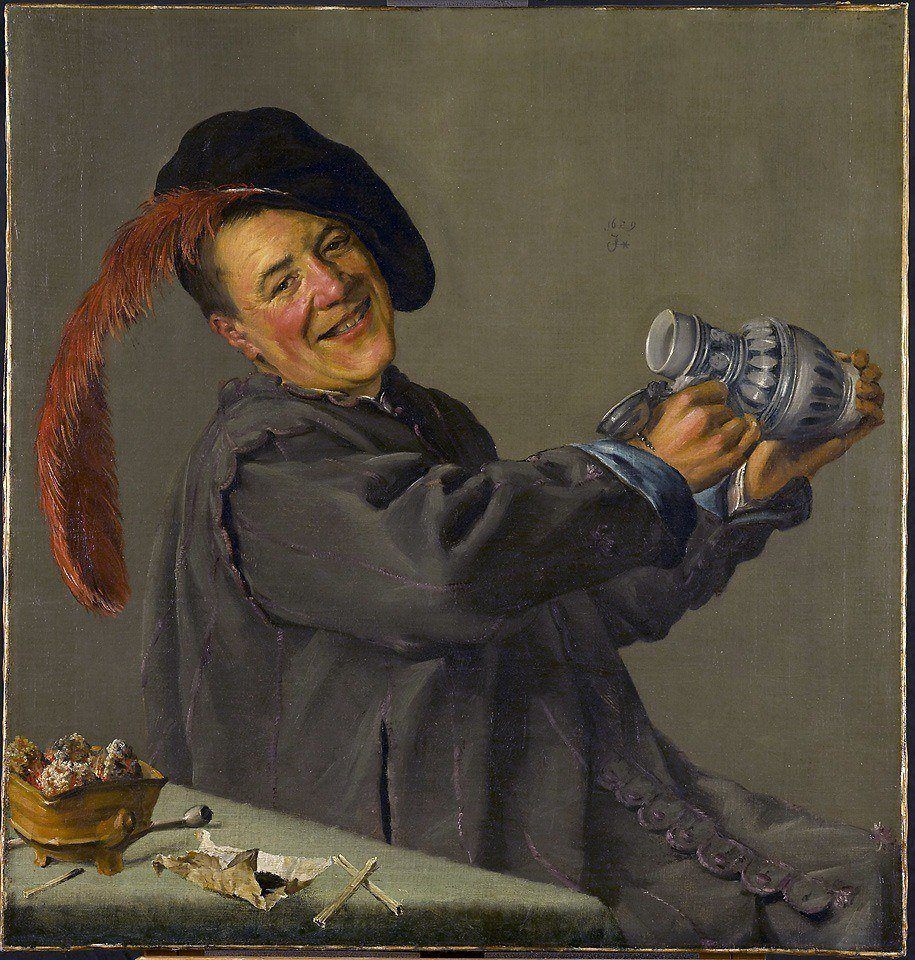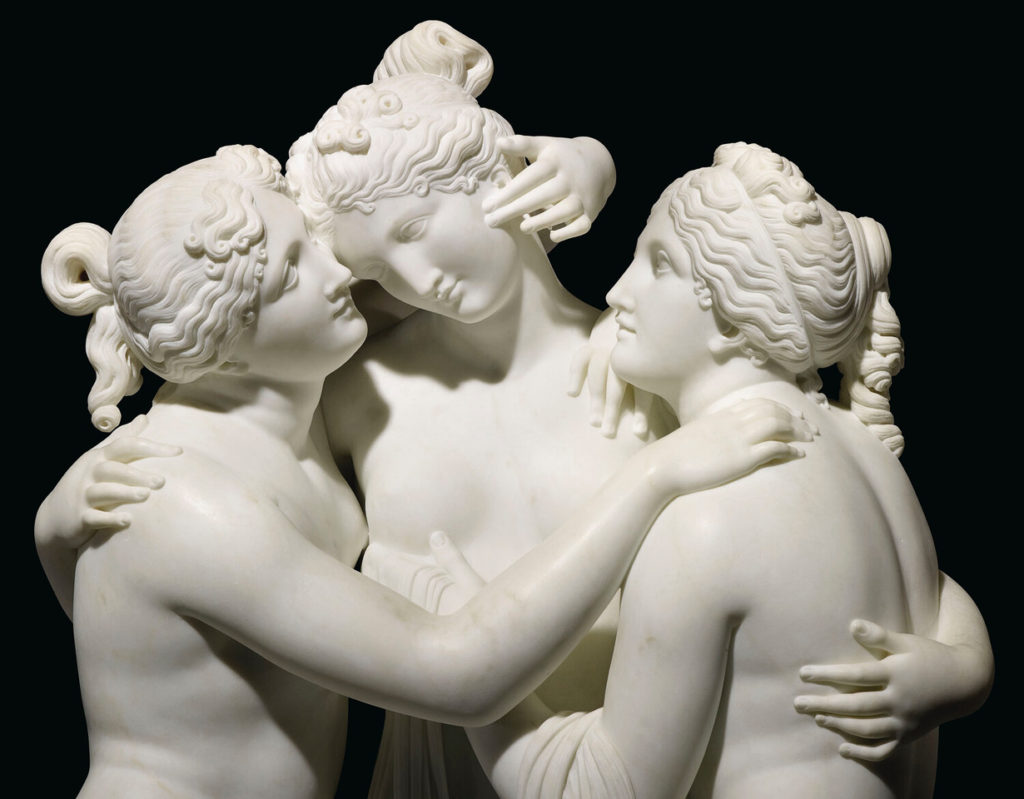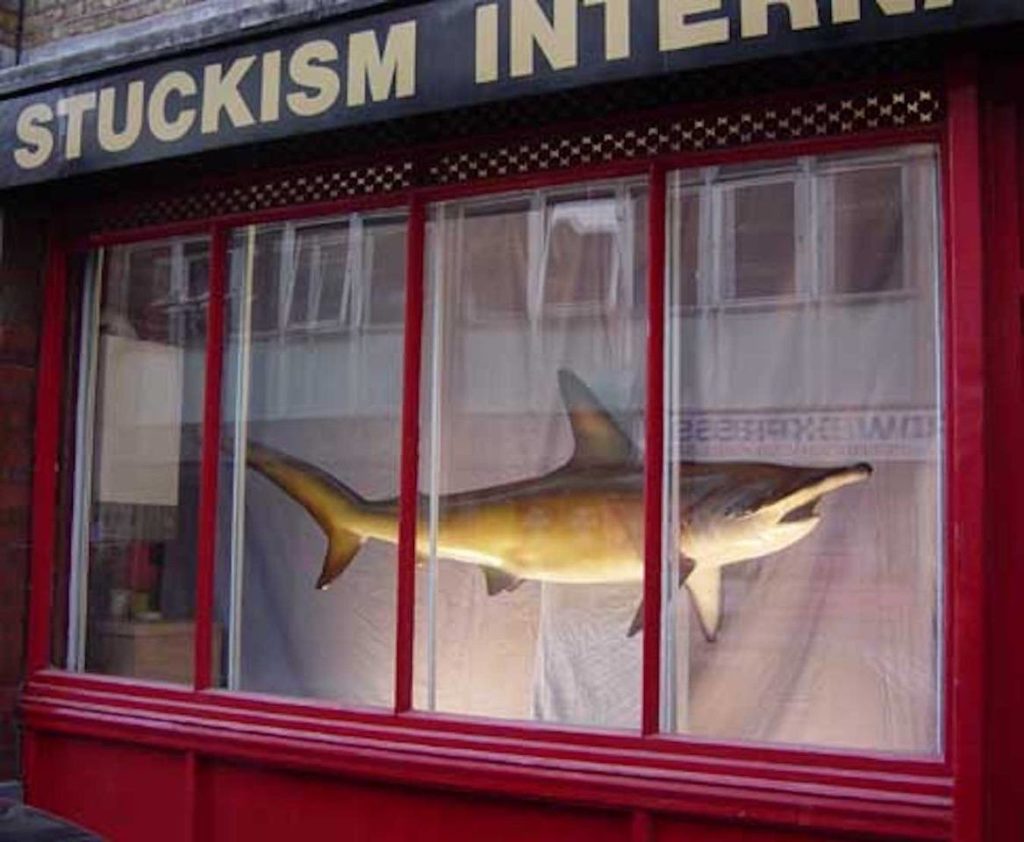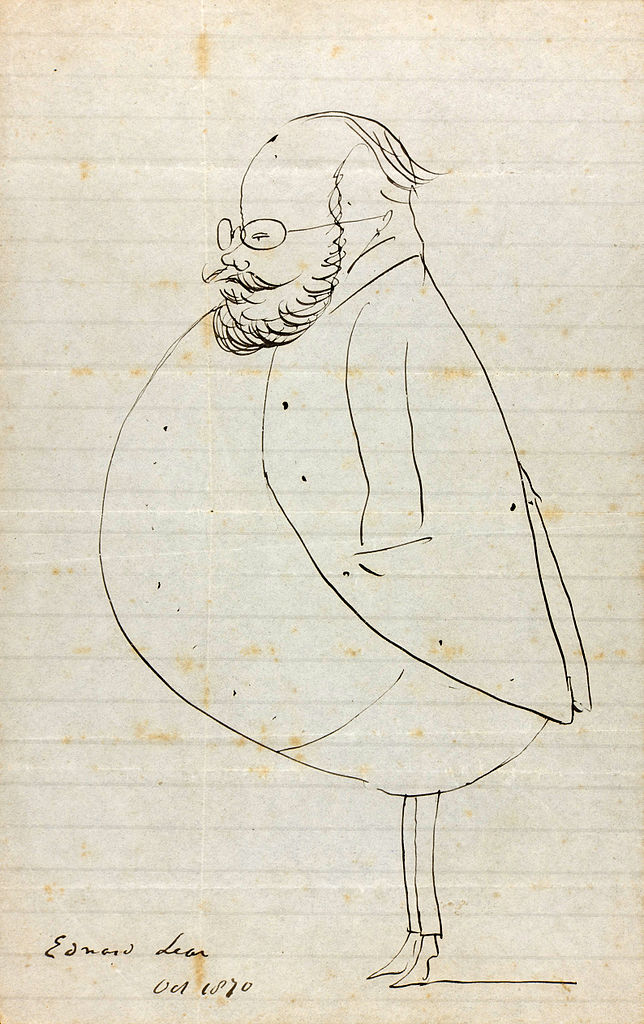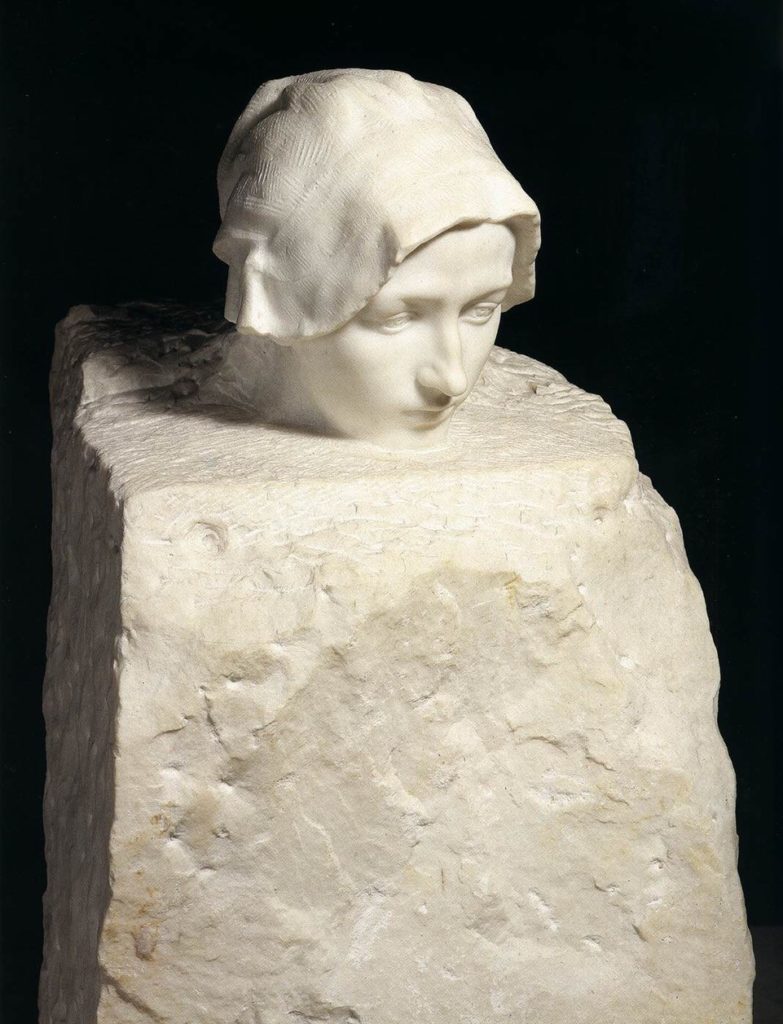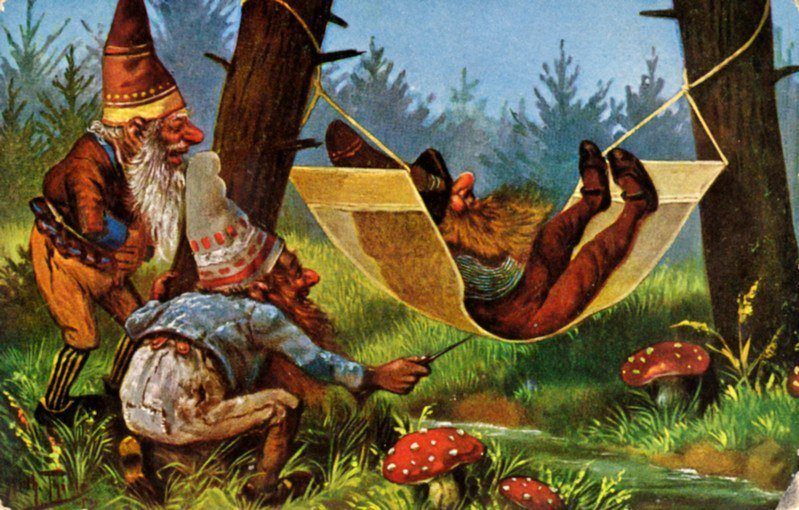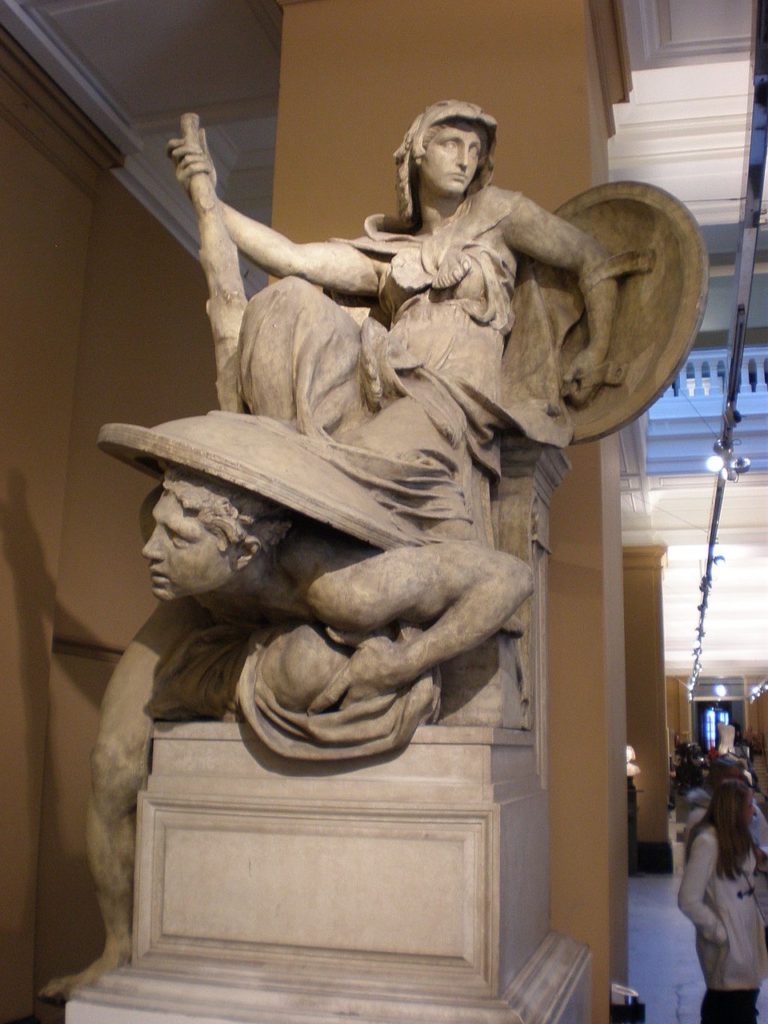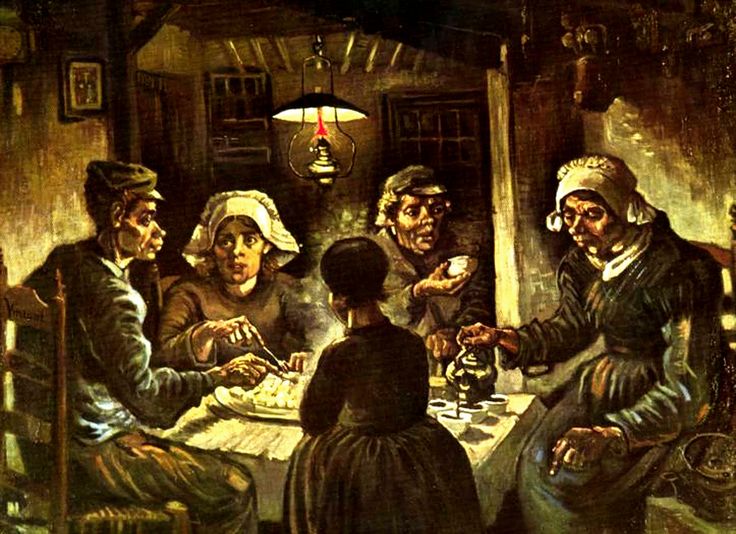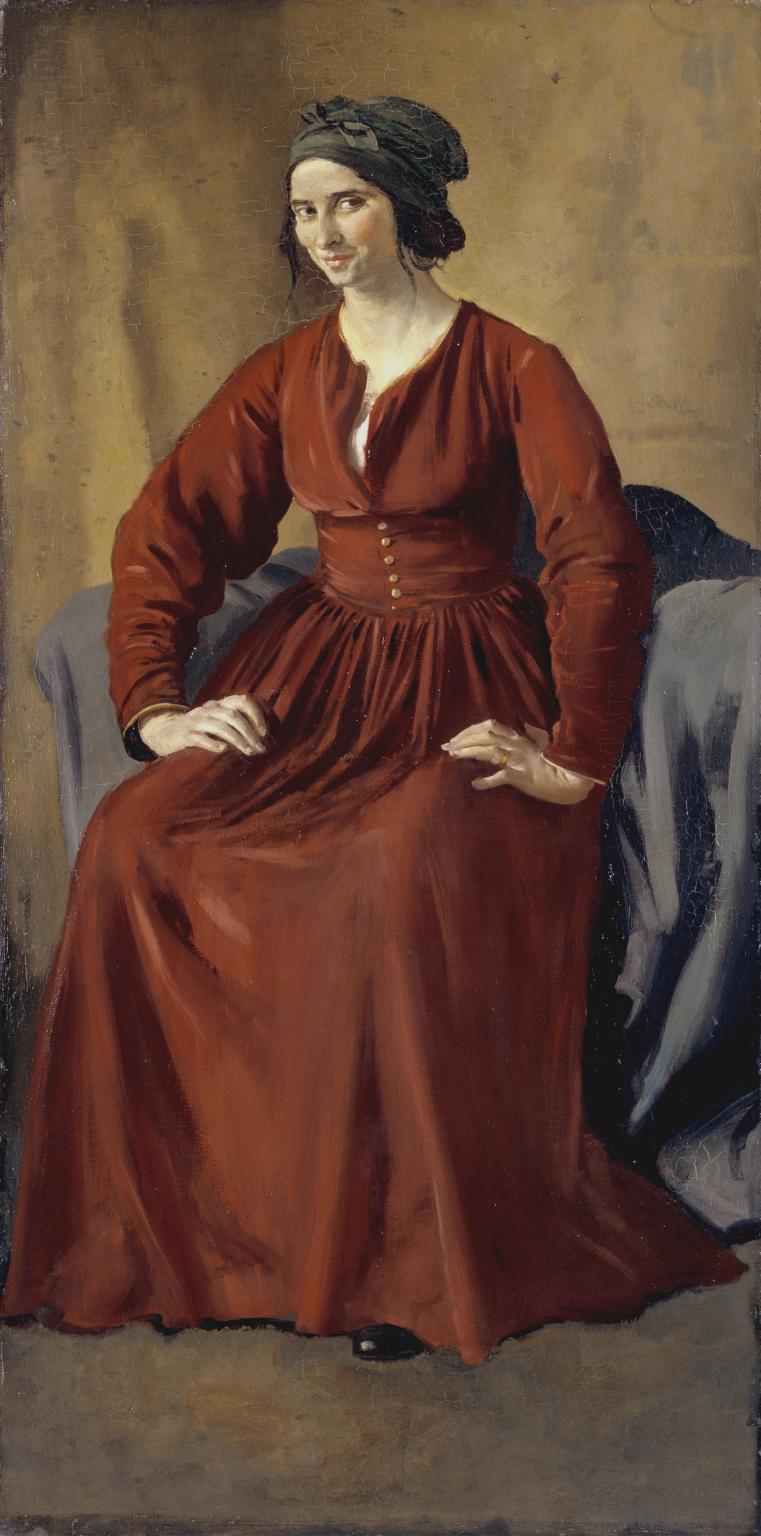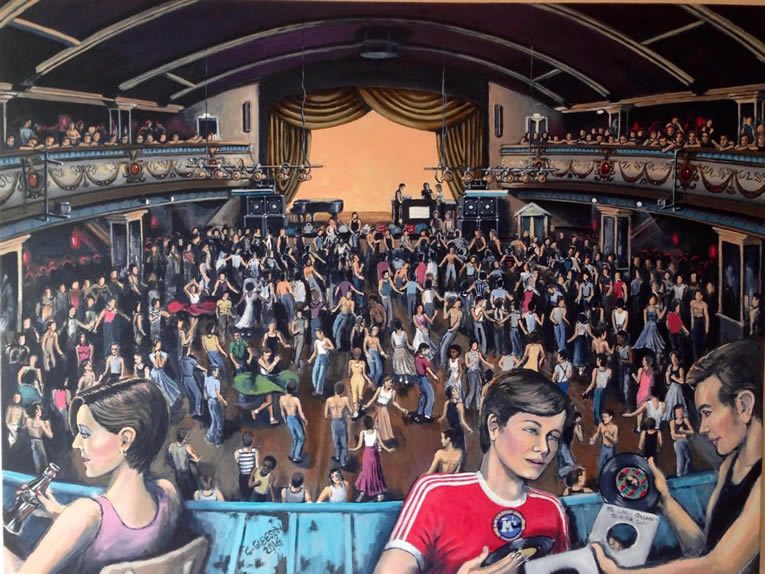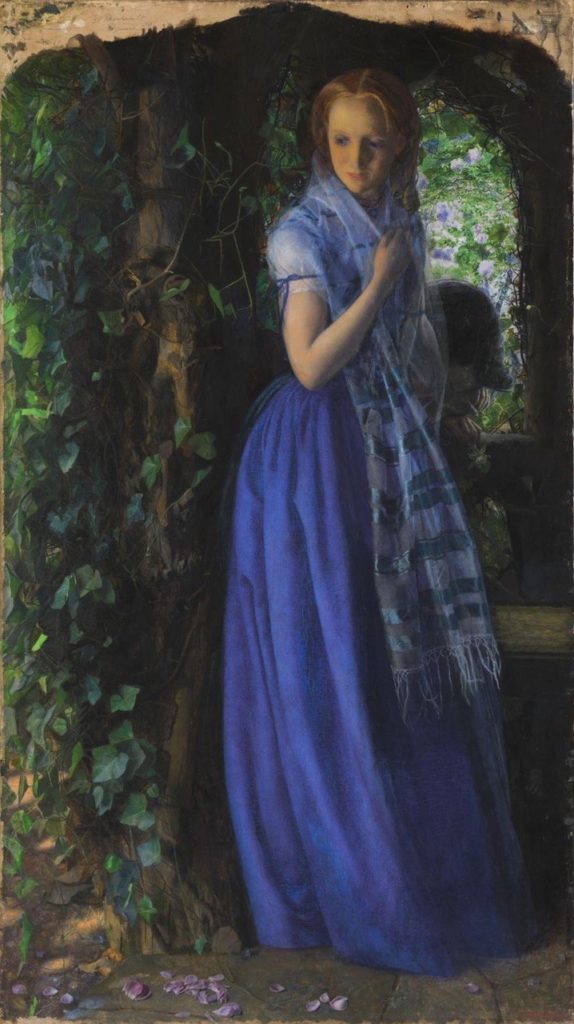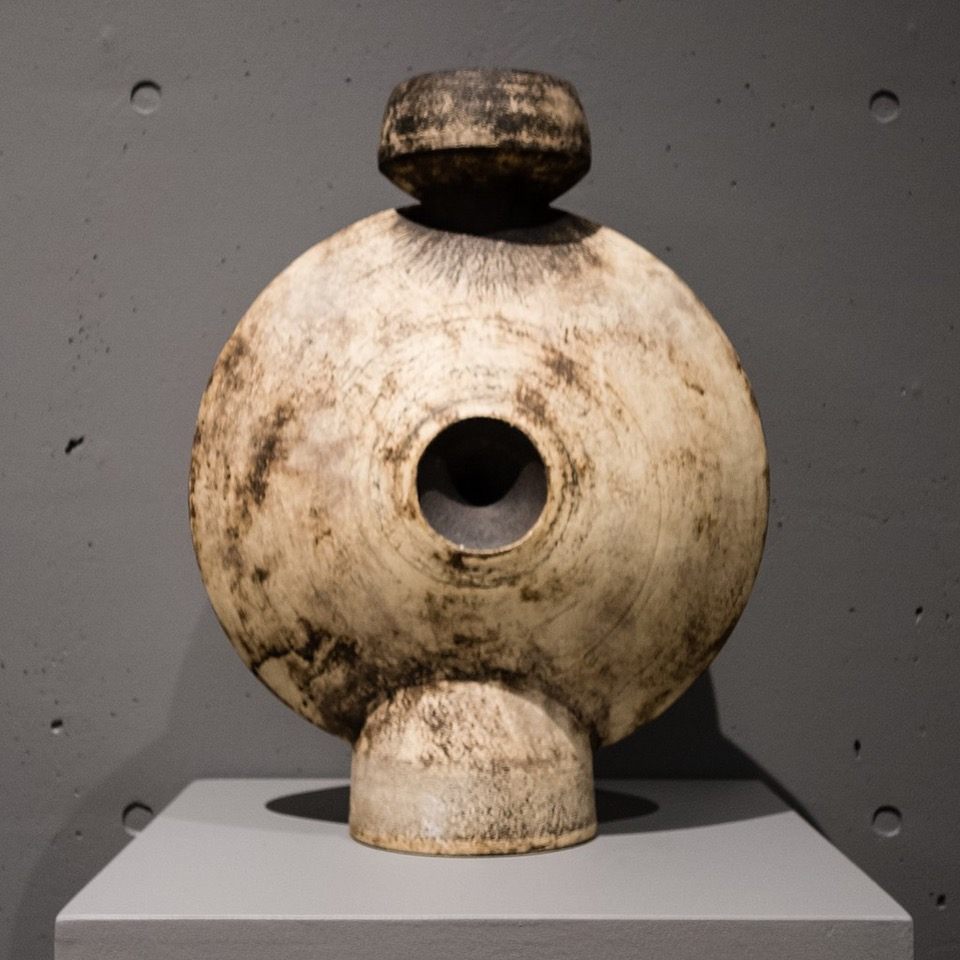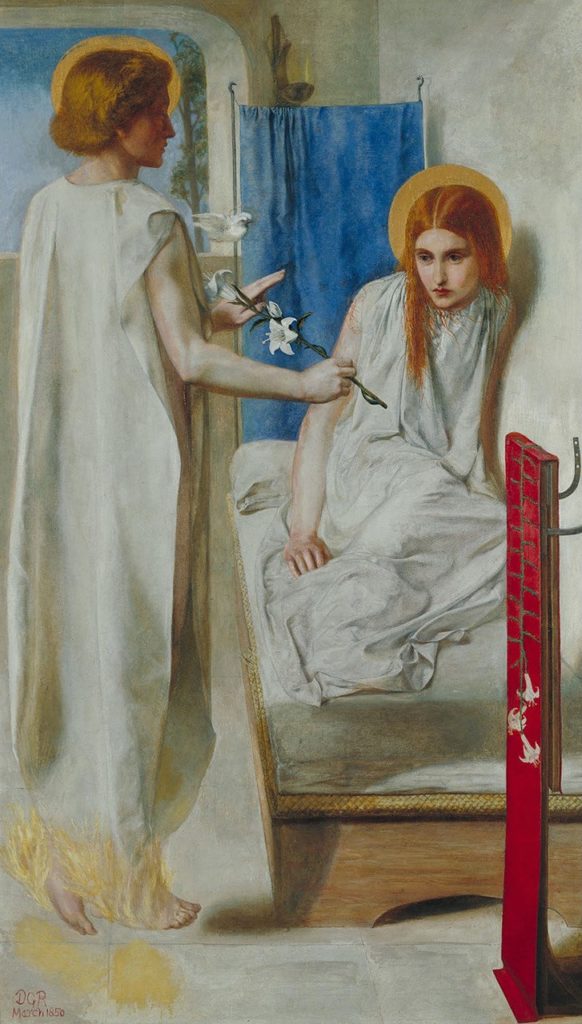Well, I’m literally over the moon! Nirmal (we’re on first name terms!) says that he was so impressed by my political vision and the short shrift I gave to those feminist sacred cows, that he wants more from me. Rather than everything being politics, politics, politics (reminds me of the rather rude “Boobies, boobies, boobies,” I know it’s trashy but I did so enjoy Valley of the Dolls!), I thought this month things should take a more intellectual turn. I also know that Doctor Mark would approve.
And so, without much further ado, here is my 5 pence, I won’t say 5 new pence or heaven forbid – cents – on the worlds of art and music. And as there are probably more “petrol heads” reading this magazine than they would ever admit, I thought I’d add my perspective on cars.
It’s just possible that some readers who haven’t had the privilege of living in Radlett during the time I was in my true prime there (from the 1950s to the 1980s) may not know a few of the names I drop, so I’ve asked Doctor Mark to supply a brief glossary. Enjoy!
Mark Stocker: Sigh, how much am I paid? But anything for a quiet life, so here goes:
Sir William Russell Flint – slightly risqué British early 20th century watercolour painter of nudes and landscapes.
Rowland Hilder – hugely popular mid-20th century British landscape painter
Pietro Annigoni – kitsch, skilled and popular Italian 20th century painter, famous for portraits of the Queen. No known ballerina works, but never underestimate Mrs Broadbridge’s fertile imagination.
Matt Monro – British later 20th century singer, normally in the ‘lounge’ genre. Outstanding vibrato. Fond of golf, and alas, the bottle. Died too young.
Semprini – mid 20th century pianist, composer and conductor. Despite the name, British.
Mantovani – British orchestra leader, and with his pal Semprini, purveyors of popular dance music. Unlike Semprini, totally Italian, but bless him, says Mrs Broadbridge, he died in Tunbridge Wells!
Sir Jimmy Young – prominent later 20th century British radio host, formerly a hit parade crooner. Marginally more trendy than Manto and Semps,but not much.
Austin Allegro, Austin Maxi and Ferrari Dino – three kinds of cars, the first two outstanding British engineering of the late 60s/early 70s, the third foreign rubbish, though beloved of the utterly vulgar Mark Broadbridge.
Mrs Broadbridge On Gay Lib
It’s in my name and it’s in my character – Broadbridge and broad-minded. As a lifelong Tory you’d probably think I would be very intolerant about men loving other men, but though it’s wrong, I can understand it a bit and sympathise quite a lot. Certainly it’s unnatural – a man and a woman should love each other, marry and have children – that’s the normal run of things and god save us if it was anything else though sometimes these days you do honestly wonder.
That reminds me of a very funny joke I heard the other day, I think it was that clever young man David Frost. His friend told Mr Frost he was emigrating. Why? Homosexuality. But surely you’re not one of those people? No, of course not, but that’s the whole problem. First it was a capital offence, then it was corporal, then you’d simply be fined, and now it’s legal. I’m leaving before it becomes compulsory!
Seriously, I think there’s a good case for being true to one’s innermost feelings, and I don’t think any amount of Jesus can cure them. And let’s face it, there are some pretty dreadful women around, so sometimes I hardly blame them! It’s unnatural, yes, but homosexuals are human, they have thoughts and feelings, and Barry, my hairdresser, even seems to know my thoughts and feelings better than me. Lovely man.
I wanted him and his friend, Clint, to come to tea but Leslie wouldn’t have it. “Those homos, surely not? Whatever has come over you, Lilian?” Well, I was cross and said “You’re a homo too!” He got very angry but I quickly added “Homo sapiens! And I’m a Les-bian, hahaha!” He did manage a wan smile, and nothing came of it. Hate the sin, I say, though sometimes I am really quite fascinated about exactly who does what to whom, when and where (I have a curious mind, you may have noticed), but love the sinner.
Oh, talking of all that, the American lady down the road whose husband Bill is a big shot in Handley Page, Cleo, Miss San Diego 1920 she was I’ll have you know, always leaves very particular orders to our milkman – I think she must fancy him or something. Well, the other day I took a little peep at one of her notes by the empty bottles and she’d written this: ‘2 homos’ [laughs uproariously].
Mrs B On The Royals, c. 1980
I wish our Charlie Boy would hurry up and get married and settled. It’s getting ridiculous, everybody bar him can see that. He needs a good woman to talk to him, just as I do to Leslie, rather than all that talking he does to oak trees or some elderly Highland stag he’s hunting. You won’t get much sense out of them. I do like him but he can be a bit daft at times, unlike his father, who I love and admire to bits.
The Queen is a very, very fine woman, my idea of a perfect Englishwoman, don’t misunderstand me. But she’s not a patch on that terrific, witty, intelligent and oh so handsome husband of hers. Honestly, Philip is like a Greek god – well, he is Greek after all – and I can just picture him on Mount Olympus where the gods feast on Ambrosia – good old English creamed rice pudding!
I know I should bone up on the British constitution before I speak my mind, but I’ve got this idea. Tell me, just why is it that the Duke of Windsor, who cosied up to the Nazis and had that horrid, skinny, greedy American woman Mrs Simpson telling him what to do all the time, why was he able to abdicate perfectly easily whereas they can’t make Philip our king? Couldn’t they simply swap their positions and have the Queen as his consort? It’s degrading for a fine man like Philip to always be following two steps back, downright silly, and I take my hat off to him for never complaining. And if they swapped jobs, she’d have much more time to spend with her beloved horses, so it would be a win-win situation!
She may be a rich woman but she must be an ever so lonely one, our Queen. Like Mrs Thatcher, it’s an isolated situation she’s in and it really must get to her sometimes, despite her lovely husband and the good old Queen Mum. Margaret and her playboys wouldn’t help much though, and I’m none too keen on that rather calculating and wilful Princess Anne either.
All this made me think about the Queen having those corgis around her. On the face of it, it’s a puzzle – a very fine woman indeed but a breed of dog I don’t care for at all. But then it all made sense. Corgis love their owners and hate everybody else – probably poor old Philip too [giggles]. She though gets unquestioning love from those corgis and they help keep the horrible pappa – what’s that Italian word for them? Papa…papageno? No, paparazzi – the corgis keep those intrusive papa… bastards (sorry) away. I always wanted an apricot poodle myself, but it was a rare moment when Leslie put his foot down: ‘An Englishman’s home is his castle. The Broadbridge home is not a poodle parlour!’ I was cross at the time but secretly quite impressed.
Mrs Broadbridge On Art
When I said to young Mark ‘beauty is in the eye of the beholder’, he told me “That’s very Kantian, Mrs Broadbridge!”
Well, whatever these eggheads care to call it is fine by me, but I must be careful how I pronounce such a strange word. I can’t claim to have the sophistication or knowledge of Sir Kenneth Clark – or even Mark, but both Leslie and I certainly know what we like. The female nude is the most beautiful and time-honoured object ever known to man in art, and I admired Les’s sophistication when he bought our two signed prints by Sir William Russell Flint. He’s a knighted academician you know – and that’s what I always say to anyone who calls them ‘sexy’ – a bit embarrassing but I have to laugh!
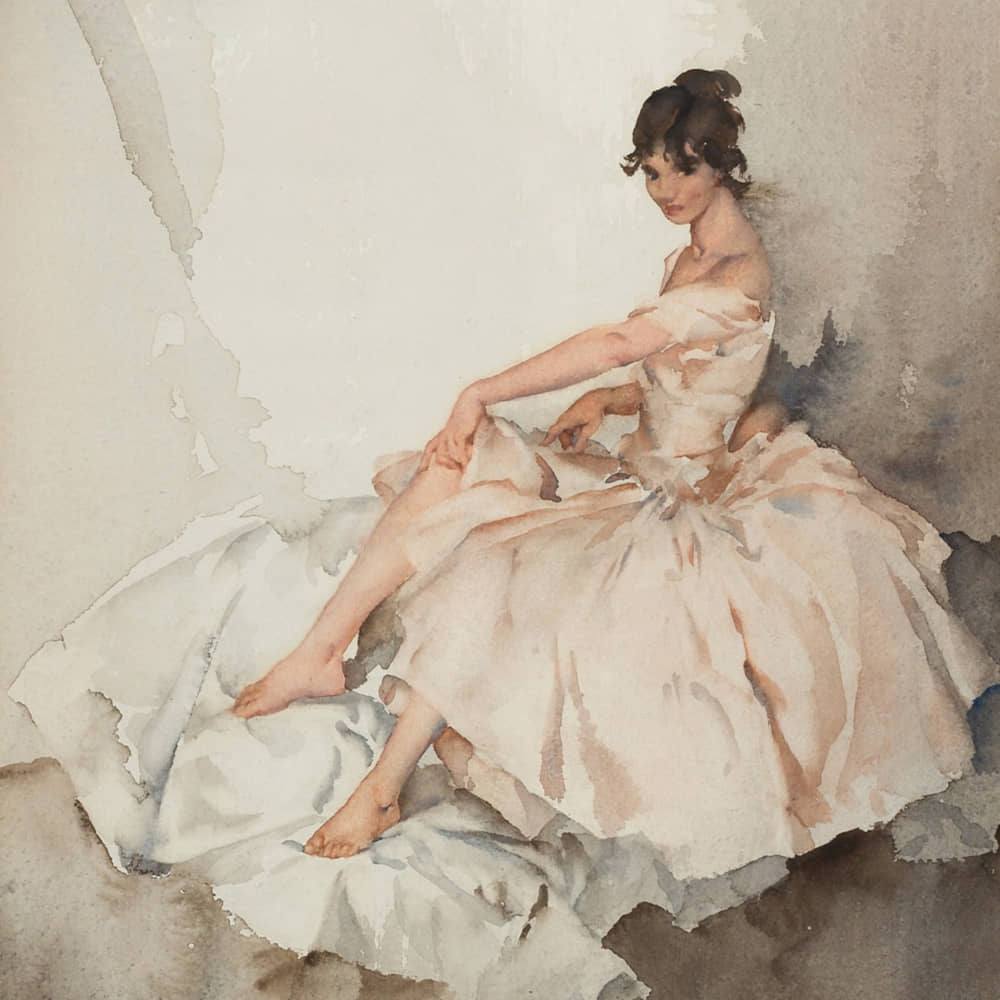
To me, the more accurate and realistic the art is, the more impressive I find it. Abstract art does nothing, nothing to me: it’s 99.9% pretentiousness. I know a bit of Cockney rhyming slang from the telly and have a guess what rhymes with a load of Jackson Pollocks [prolonged giggling]. As for Picasso, I feel frankly sorry for him. I know he’s rich and has got all those silly girlfriends one third his age and is always swanning around in the South of France, but he lost his way badly with all that cubed rubbish after painting those lovely, very sad circus folk. What went wrong, I ask?
Henry Moore, well, he makes me think of one of my favourite hymns but not in a flattering way: ‘Holy, holy, holy, Lord God Almighty’! [giggles] Back to the art that we have in our humble abode. We’re a cut above the folk who are satisfied with reproductions everywhere, though they are fine for the spare bedrooms and the hallway. I’m a generous supporter of Radlett Art Society, and I have a number of their nice landscapes and flowers in vases – still lifes, as they call them – or is it lives?
And I’m very proud of my Rowland Hilder original signed print, it’s so wonderfully English – a corner of England ought to be in every self-respecting person’s lounge, I say. If Leslie had his way, he’d have more of the Russell Flints, but I tell him there’s a fine line between respectable art, and art that makes you blush. Broadbridges are broad-minded, but we definitely draw the line at Hawaiian girls on velvet, though I am partial to those rather magnificent stallions in sunset.
If I had a lot of money, I’d definitely get an Annigoni ballerina – that to me would be the ultimate. Oh, I must tell you, Leslie told me many years ago that he’d like one of those [rolls her eyes] tiger-skin rugs but I shut him up promptly: ‘Les, that’s vulgar! Over my dead body!’ He’s said nothing about it since. I feel I’ve hardly started so now I must tell you all about our joint passion, our pride and joy, our small but highly selective collection of Royal Doulton Toby Jugs…
Mrs Broadbridge On Music
Music has really gone to the dogs since the late 1950s, I think it must be, what with that horrid rock and roll. Music by juvenile delinquents for juvenile delinquents I call it. And though I liked the Beatles, especially Paul, and the Seekers, it all nosedived again in the late 1960s and now seems to be at the beck and call of long-haired druggie weirdos and those squalid, promiscuous festivals. Gone to pot, haha! No, thank you. Give me a good melody, any day: Oh what a beautiful morning, Three coins in the fountain, Stardust, proper songs like that – Michelle by the Beatles is rather lovely, too.
The key thing is, you could hear every word they were singing, whereas singers today don’t have a clue apart from Matt Monro – I hear he used to be a bus conductor and I can just imagine him singing out ‘Fares, please!’ to the tune of ‘Born free’ [giggles]. I wouldn’t really call myself musical – when I grew up we had a nicely polished walnut Broadwood piano, but only my elder sister Violet was allowed to touch it and I can never forgive her for that. She lives in Surrey, and is honestly rather hoity-toity. We still see each other at Christmas, so it’s quite civil really.
But I can sing in tune – this may surprise you but I’ve got quite a powerful voice, and I beat time well. I certainly don’t mind what I call light classical – In a monastery garden, the lovely Mario Lanza (Elvis tried to imitate him – ‘It’s now or never’, and the answer is obviously never!) And those wonderful bands that Les and I would dance to in our courting days – I may be a large woman but I have genuinely dainty feet, or at least I did till those horrid bunions. We would dance away to Semprini, Mantovani, the Joe Loss Orchestra and more. Slow, slow, quick, quick, slow. Happy days – and the youth of today just don’t know what they’re missing!

Mrs Broadbridge On Race Relations
If I may say so, and I know it’s very controversial, but Enoch really has a point. I don’t think it’s really being racist to admit we have allowed too many of these Coloured Folk into our overcrowded country and you certainly won’t catch me in that curry house, stinks to high heaven, I bet.
Though I’ll tell you this [winks conspiratorially] Leslie and I do like our sweet and sour pork – Les likes his lemon chicken actually – at the New Garden, just for a bit of a treat every now and again. And, Joshua, Joshua, our very own Negro ticket collector at the station, he’s a real gentleman, lovely smile, and honestly, he puts the likes of us to shame. It’s a complicated world, isn’t it?
Mrs Broadbridge On Cars
I’m not one to hold forth on cars, I have plenty of other interests, leave that one to the men of the family. But when Les and I buy a new one, which is every 8 to 10 years or so, of course I like to try them all out and weigh up their pros and cons. It’s got to have a tasteful colour: beige, light green and primrose all appeal to me, nice and very fashionable colours for bathrooms too these days I believe.
And I do like a firm front seat, high up, so I’m Queen of the Road, and I can see everything ahead of me but also comment if need be on Les’s driving. He’s very good, but even he has his occasional lapses, like that silly little boy playing on the drive – but that could have happened to anyone, he wasn’t badly hurt and we even gave him a box of mini Mars bars when he was in hospital. We’re kind souls!
Well, I can’t abide those seat belts or any government which forces you to wear them – they can belt up, as far as I’m concerned. I do like my simulated sheepskin seat cover, and as a little luxury, a stereo radio, so I can listen in to Jimmy Young if we’re out at the time. As for the make of the car, I still say, when all is said and done, buy British. Les drives our beige Allegro with pride and honestly, it doesn’t break down at all often. And we certainly haven’t had a mishap like Mr Curtis with his Austin Maxi when he opened the door and the handle came off in his hand [giggles] – but Theo can be rather a rough man! No, very few breakdowns, touch wood – and I think there’s still a bit of veneered wood on the dashboard, though it’s not like it used to be.

Fancy cars are strictly for the younger generation. So far I’ve said nothing about my Mark. He was a bright kid and very much his own man, downright willful, really. Still is. His profession, which sounds very grand, is a purveyor of recreational medication, and he’s certainly done very well for himself there – a grander house than Violet’s in Surrey and a villa in Spain, I’ll have you know. And a new girlfriend, they’re mostly blonde, seems to pop up every other month, though some of them really do speak “common,” as they say.
But you should see his car! A bright red Ferrari Diana, I think it’s called. He might have been a bit of a rebel but, bless him, he’s proud of the Broadbridge name and he’s got this cherished number plate which he tells me cost him several thousand which reads, wait for it, BB 69. The BB is obvious, but the 69 is more puzzling, unless dear Mark was thinking of his father, who indeed turned 69 only the other day. Boys will be boys!
Mrs Broadbridge On God
Though I don’t go to church except at Christmas, I like it because it’s there, a reminder of God and a reminder of that good Vicar, the Rev Manley, that we had for so many years. He once admired my jam at the Horticultural show, second prize for damson it was. Peggy Major’s was all runny – a damson in distress [giggles]. But that new young vicar looks like Mick Jagger, if you ask me, and it wouldn’t surprise me if he plays the guitar in Christ Church – perish the thought. If I was God, I certainly wouldn’t want to be serenaded like that, even though Cliff Richard isn’t bad – and such a handsome lad with a touch of the Indian in him.
Looking at the world today, we really could do with another Jesus, or at the very least another visit from Jesus, but if he prefers to stay safe up in heaven, I wouldn’t blame him one little bit. God help us! Occasionally a churchy friend asks me about what I believe in, and whether Jesus matters to me. I tell them I’m full of admiration for him. He was obviously a very great, wonderful man who performed all these miracles, turning water into wine, turning loaves into fishes, when all poor old Uri Geller can do is bend spoons, of all the useless things!
If there is a saviour of today, I’d definitely say it was Margaret Thatcher. She really is quite someone. Almost spiritual, I reckon, there’s an aura about her whole being and that handbag is like the symbol of a great saint. Her eyes are a seer’s eyes and her mind is extraordinary. Jesus himself would look up to her! The Christians I can’t stand are those RC’s – dumb Irish mostly – always crossing themselves, and saying Father this, and Father that, while the chances are their beloved Father is sleeping with his housekeeper.
Bloody hypocrites (excuse my French) but I have to say I do rather like that Cardinal Hume – he makes you think it can’t be all bad. Basil. Nice man! But even worse are those Christians who go from door to door, spreading the word so they say, more like spreading diseases says I. The Broadbridge oak is firmly closed to them. Those Jehovahs people don’t believe in blood donations – I know I should give my blood but I’m squeamish, I would faint, but they’re always needing other people’s blood for this and that, so why in god’s name can’t they see this?
The best thing ever said to the door-knockers was by Mrs Stocker, who lives in that semi in Theobald Street. She opened the door and saw a couple of these men in dark suits. I know she’s a foreigner and her English can be faulty but you’d never believe what she said to them: “Hello, are you hormones?” They just fled, serves ’em right! I had such a laugh when she told me.
But now for a serious question, which Christians who are deeper thinkers than me are always going on about. Is there life after death? Ooh, my brain hurts is what my lovely grandson, Liam, would say to that but as I’m quite an intelligent woman, I’ll give it some thought.
No matter how good we are, when we’re dead we’re dead – we simply crumble into dust and that’s why I want a good Christian burial myself, the idea of being microwaved in a crematorium is dreadful – and you should hear the cheap recorded music they play there these days – “Come on baby, light my fire” was one of the songs [giggles]. But seriously, I know I’d die happy if the remains of Lilian Broadbridge become part of the soil that gives birth to a beautiful Peace rose, with a thrush perched on it, singing. Peace, perfect Peace, they should write on my gravestone.
Mrs Broadbridge On Her Nearest And Dearest
Mrs Broadbridge confessed to me the following in a lucid moment:
‘I do know I talk a fair bit about myself, but I’m considerably shyer than you think, and also, this may surprise you, I’m really quite a private person when it comes down to it. Keep your private life private is what I tell my nearest and dearest. Leslie knows that full well, and my Mark has worked that one out too in his profession.
By the way, I’ve always wanted to try one of his medications but he seems to keep the lid firmly shut on that. “No, Mrs B (that’s what he calls me, isn’t that lovely?), you cope fine on that modest dose of Valium that Dr Saunders puts you on – it helps make you the Mum you are. You won’t need that stuff I deal in, I mean purvey, honest!” Fair enough!
As for Susan, Mrs Broadbridge changes the subject, rolls her eyes, or looks the other way at the very mention of her daughter, a primary school aide in St Albans, while Roger, her son-in-law, ‘that bearded, geography teacher in a comprehensive… a bit of a drip if you ask me’, is if anything worse. Roger’s Labour Party activities are of course completely beyond the pale.
In her more compassionate moments, Mrs Broadbridge realises she’s being a little tough on Susan and at one point even briefly dabbed her primrose Kleenex when she told me this:
‘Let’s face it, that well-known Broadbridge charm has somehow by-passed our Susan. And she’s rather a plain girl with it. But she means well, I know that in my heart of hearts. And she’s flesh and blood, though she’s now Susan Jones, and you can’t take that away from her.
Her daughter Amy [shudders] does take after her mother, but I do remember her birthdays and she always gets a little something from Les and me at Christmas. She really needs to get her adenoids seen to. But Liam, Liam – the young scamp! I’d cross Tyke’s Water, I’d fight Hitler’s war for him.
That reminds me, I must go down the village to check at the pet shop when that ferret will be ready for him. Repulsive creature (the ferret I mean, of course!) but I’d love to see his face when he opens the box.
Talking of ferrets, I was watching Sir Kenneth Clark on da Vinci the other day and he was holding forth, as Sir Kenneth does with such style, about this portrait in communist Poland of a lovely blonde aristocratic girl which he called “Lady with an Ermine.” Well, these arty people really don’t have a clue – it’s obviously a ferret; my Fowler ancestors were good North Country people, and back in the day the menfolk, when they were in their cups, were known to stuff a live ferret down their mates’ trousers! I got that from Granny Fowler when I was a little girl and it all makes sense when I see my Liam and Mark!’
To confirm the above, and though no eavesdropper, this author was passing by the Broadbridge household just the other day and noticed Susan’s Ford Anglia parked there. The oak front door had been left inadvertently open, no doubt by her. Crouching down low beside the ivied wall, he was an unwitting witness to the somewhat one-sided conversation that follows. Clearly, Susan had been momentarily careless…
‘Don’t call me Mum, why do I have to tell you this? I never call you Sue though you say you wouldn’t mind. Call me Mother, or even, dammit, Mrs Broadbridge, if that won’t suit you. As for those flowers you gave me, you should know that reds and pinks shouldn’t be mixed like that and anyway, Leslie would tell you we’ve got quite enough Michaelmas daisies in our garden. But I suppose it was a kind thought. Now, here’s a shopping list of special things we can’t get down the village to get me in St Albans because the Allegro is in with the mechanics for the next few days. Normally I wouldn’t be imposing on you like this, and I’m sure you know that too. Though I’ve got one of those free passes they seem to dole out willy-nilly, I simply can’t abide those buses which never come, and when they do, they always seem to be full of silly pensioners!”
“Yes, Mother, and I’ll pay of course!”
“No, Susan, I know you mean well but I have my Mother’s Pride, and I don’t mean the bread. Here’s a £10 note and don’t lose your change, though it was your brother who’d always do that, bless him! Why not let our Liam keep the change, he could get himself a couple of those… what do they call them… transformers?”
“Okay, Mother.”
I resolved to linger no longer, but I noticed Susan grinning bravely, knowing that Mrs Broadbridge’s unquestioning love of one of her two grandchildren was something to hold on to, and no doubt resolving to split the change between Liam and Amy.
More Politics With Mrs Broadbridge
Young Mark, our near neighbour who’s a rising university star, tells me he’s a liberal. A man of intelligence and culture (you should hear him talking about art, mark my words, he’ll be the new Kenneth Clark before you can say palette knife!) – but – and it’s a big but, I think his brain must have turned into mush when it comes to politics.
I have words for him: wishy-washy, flip-flop, wet behind the ears and more. He’s so interested in what the person he’s supposed to be arguing with him says, half the time he ends up agreeing with them, though occasionally he can show sense and agrees with me! But that doesn’t stop him coming up with daft sayings every now and then like “A lot of crime is a cry for help. It’s not the criminals, it’s society that’s to blame!” [puts on a high pitched, feminine voice]. One of those bleeding-heart do-gooders who live in cloud cuckoo land is our Dr Mark.
Honestly, you need the intelligence of a five-year-old to know right from wrong and all those Cambridge degrees must have turned him a bit soft in the head. I say, let the punishment fit the crime – the Bible was on to a good thing when it said “An eye for an eye and a tooth for a tooth.”
The other day, would you believe it, my bright little spark Liam bit poor Mr Van Noorden, the dentist! Well, he got his comeuppance alright when Mr Van Noorden went on to remove two of his teeth. That’ll learn him, as they say. ‘And count yourself lucky I don’t tie them to the door and slam it!’ he told him. Liam was quiet that whole evening Susan tells me, which must be a first. I reckon a bit of wisdom (not a wisdom tooth, he’s too young for that!) had sunk in.
Now back to politics: though I’m a true blue Tory, I don’t welcome all the kowtowing they do to those Brussels folk in the Common Market. It might benefit our trade but it certainly doesn’t benefit the cost of living. After decimalisation – they decimated us, as I tell people, there’s going to be metrication, and if that isn’t enough, fluoride in the water supply, all by order of Brussels!
I really don’t care much for those Continentals; at least all those coloured folk, well the older ones holding down jobs at least, do love and respect our Queen. While I wouldn’t go as far as suggesting we should have another war with the Jerries (though I loved wartime, I have to say), I’m very wary of them all the same. They need to remember that the three most important dates in German history are 1918, 1945 and (after extra time), 1966.
Those effete French aren’t much better: just imagine what it would be like on the buses and trains when we’re swamped with them and they’re breathing garlic at you. Their cooking is ever so la-di-da – cooking for poofs I call it – but the meat is just gristle and the way they disguise it with any amount of subtle sauces would never fool me. Chances are it’s rabbit or horsemeat – and they even ate cats and rats when they fought with the Germans a century ago! What with our problems with the coloureds, who wants a swarm of continentals on top of that?
Yet I do admit I have a soft spot for Italians, their men are ever so handsome in those tailored jackets and tight trousers (I can’t for a moment imagine my Leslie in a pair of them, he’d do the splits in seconds!). And to a man, those Italians know how to treat a lady, they have real charm. I’ve been to the Costa del Sol a couple of times and lovely and warm it is too (and getting all tiddly on far too much sherry and paella, yum yum!) but I would love a romantic holiday in Venice. I’d get a season ticket for those gondolas, and would look up with delight at the charming pilot who, while he’s steering me to the Doge’s Palace would be serenading me, just me, with “O sole mio!”
Back to politics. No wishy-washy liberals for me, and no stinking socialists taxing Leslie and me out of existence, and caving into striking miners, giving us power cuts and all those foul-mouthed trade union leaders with their Yorkshire and Scottish accents – at least you can’t understand a word the Scots say! Government by the government, say I, not those pesky unions.
Quite frankly, and if only more people could see it, the Conservatives are the only party with any backbone, and what with Mrs Thatcher now in No. 10, I believe she will be the greatest thing since Churchill and will make us all proud to be British again. With any luck she may even lead us out of the Common Market! The Tories are the party of the nation – One Nation as some of them call it – the party of the Queen and the Church (and don’t get me started on those liberal clergymen); the party of the armed forces, the police, law and order, an eye for an eye, three strikes and you’re in the clink.
A couple of years ago, Lady Radley took me along with her to the Conservatives’ conference in Brighton – I wore my best hat and quite enjoyed it for a couple of hours, though those politicos did talk a bit too much for my liking. A real highlight was that handsome Michael Heseltine, ‘Tarzan’ as some of the cheeky journalists call him – well, I can tell you, I’d be his Jane any day!

Appendix: The Mrs Broadbridge Limericks
Mrs Broadbridge
Down the village, on each working day
Mrs Broadbridge would chatter away
On the dear price of meat,
On her bunionèd feet
And whether that vicar was gay.
Mr Broadbridge’s revenge
The bank clerk who murdered his wife
Spoke thus, before sentenced to life:
‘Such a truculent nag,
An insufferable hag,
So I went – like this – with my knife!’
Mrs Broadbridge in heaven
The food, it’s all pretty and pink!
That angel, he gave me a wink!
James Last plays all day,
Frank sings us ‘My Way’,
I’ll stay here a while, I think!
